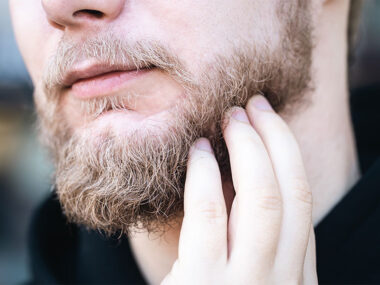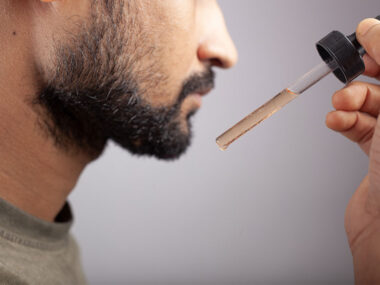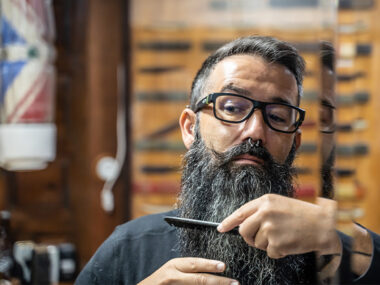The quest for a magnificent beard often revolves around the hormone testosterone. We’ve all heard that testosterone is the key to beard growth, but there’s more to the story than meets the eye. Understanding the testosterone threshold is crucial for unraveling the mysteries of facial hair. In this article, we’ll delve into the science behind this threshold and its impact on your beard-growing journey.
Chapter 1: The Testosterone Connection
The Role of Hormones in Beard Growth
Testosterone, the quintessential male hormone, plays a central role in beard development. During puberty, testosterone levels surge, igniting the growth of facial hair. However, it’s not merely about having high testosterone levels; it’s about whether you’ve crossed the testosterone threshold.
Chapter 2: Defining the Testosterone Threshold
What Is the Testosterone Threshold?
The testosterone threshold is the minimum level of testosterone required to initiate and sustain facial hair growth. It’s essentially the tipping point that activates the development of terminal beard hair. Your genetic makeup determines your specific threshold, which can vary significantly from person to person.
Chapter 3: The Role of DHT
Dihydrotestosterone and Its Influence on Facial Hair
While testosterone is vital, its derivative dihydrotestosterone (DHT) is even more influential in promoting terminal hair growth in the beard area. DHT is produced when testosterone interacts with the enzyme 5-alpha-reductase. It binds to androgen receptors in hair follicles, driving the growth of thick, coarse beard hair.
Chapter 4: Genetics and the Threshold
Genetic Variability in Beard Potential
Your genetic makeup is at the heart of the testosterone threshold. The presence and sensitivity of androgen receptors in your hair follicles, determined by your genes, play a significant role. This genetic variability explains why some men can grow impressive beards with lower testosterone levels, while others may struggle even with high testosterone.
Chapter 5: The Role of Age
Beard Growth at Different Stages of Life
Beard development is most prominent during puberty when testosterone levels peak. However, as men age, their beard may continue to evolve, influenced by their unique genetic threshold. Some men experience a late bloom in their 30s and 40s as their beards thicken and develop.
Chapter 6: The Significance of the Threshold
Impact on Beard Growth Potential
Understanding the testosterone threshold is crucial for setting realistic expectations. It determines whether your beard growth will be slow or rapid, full or patchy. By recognizing your threshold, you can better navigate your beard-growing journey and appreciate your unique genetic makeup.
Conclusion:
The testosterone threshold is the invisible line that separates beard growth from hairlessness. It’s a unique genetic factor, influenced by the presence and sensitivity of androgen receptors, DHT, and age. By grasping the significance of this threshold, you can embark on a more informed and satisfying beard-growing adventure, appreciating the complexities of your genetic beard potential.
Additional Resources:
The Genetics Behind Beard Growth: Dispelling the “Beard Oil Accelerates Growth” Myth
Unlock the Power of Beard Oil: Your Ultimate Guide to Awe-Inspiring Facial Hair
How to Soften a Rough Beard: Techniques for a Smooth and Touchable Result










